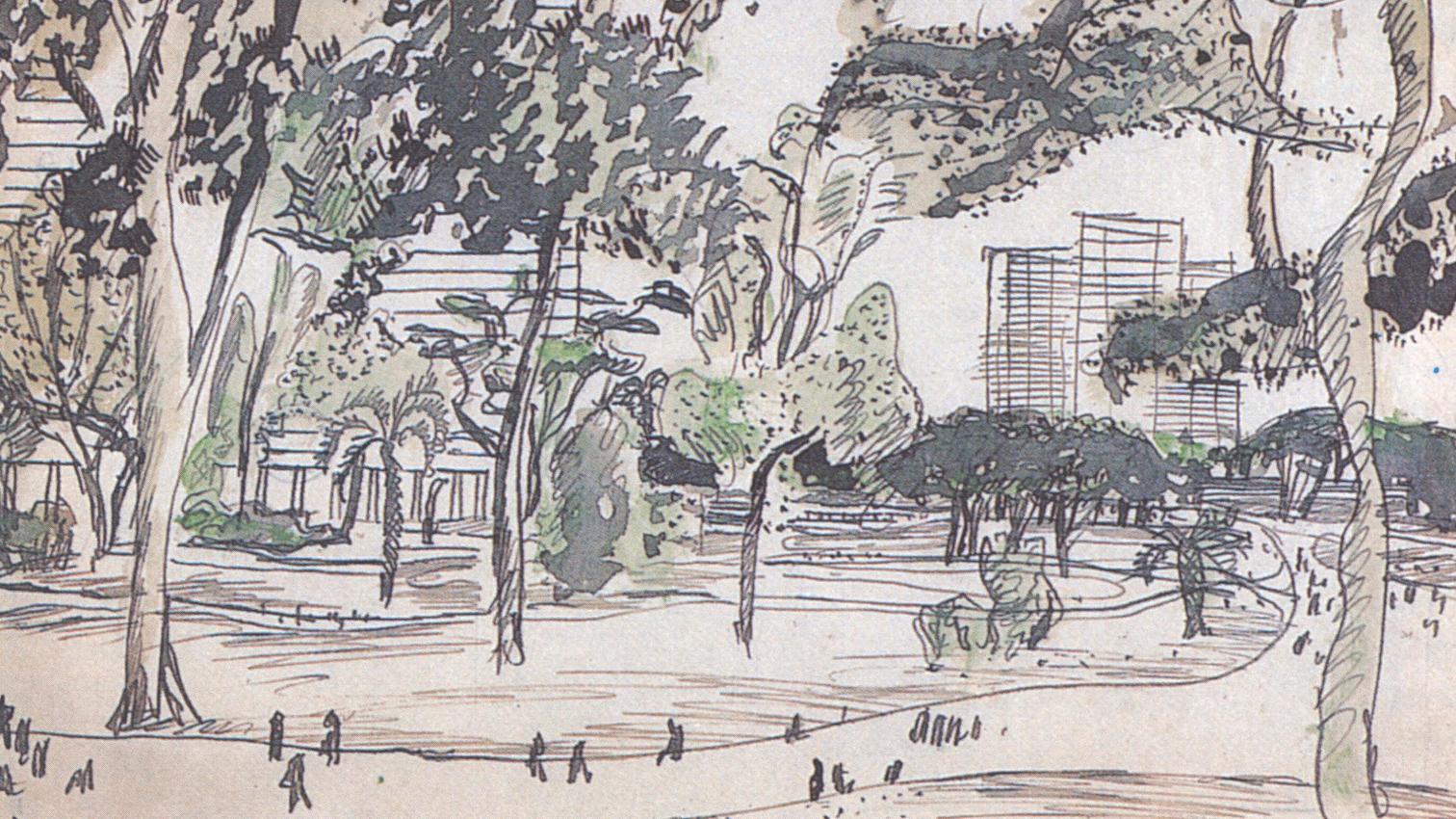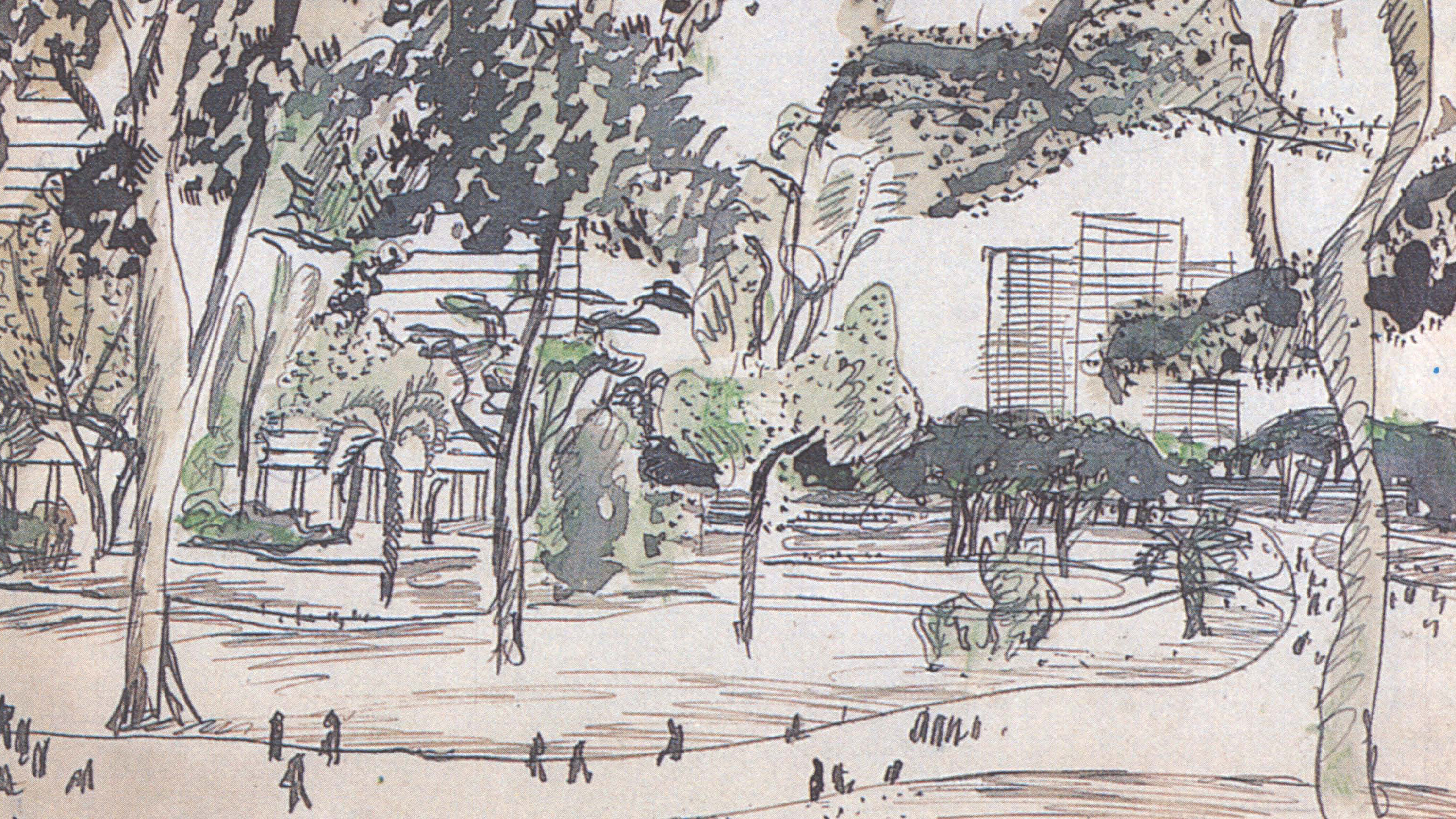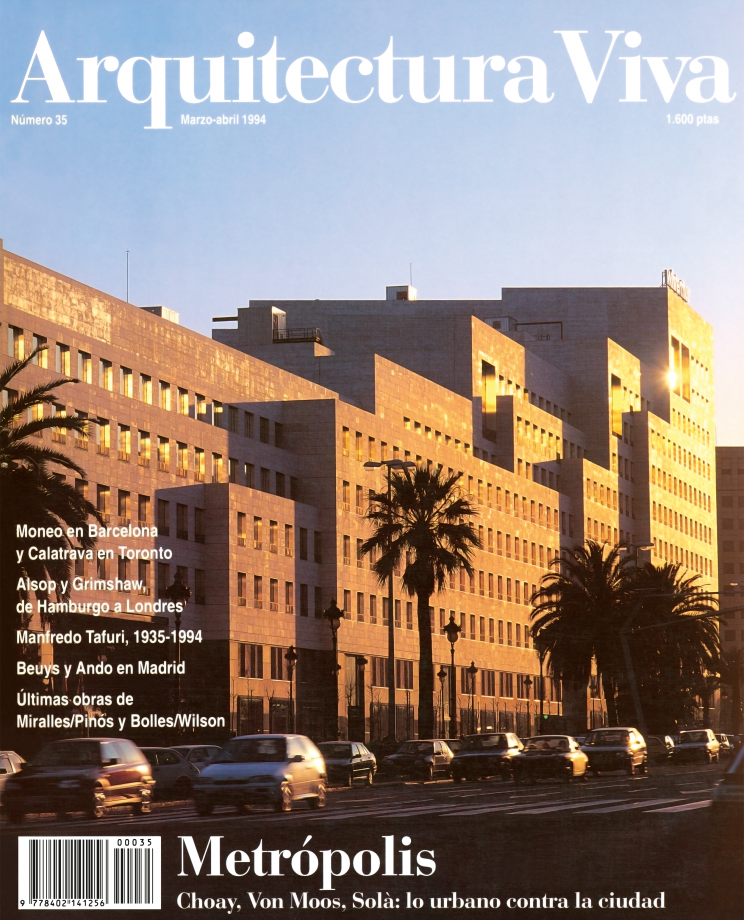
A generation ago, when Lewis Mumford rejected Le Corbusier's 1925 Plan Voisin, calling it the ‘city of yesterday's tomorrow’, the ville contemporaine seemed to have found its place among the ashes of history as a symbol of everything that had gone wrong with ‘police state’ urbanism. However, although defunct as the embodiment of utopian hopes, the Plan Voisin has since survived among the most articulate typological precedents of the ‘edge cities’ that dot the peripheral landscape in many parts of the industrialized world. In light of what is happening today between La Défense, Houston, and Atlanta, Le Corbusier's plan turns out to be that ‘manifesto’ that does not need to be retroactively reinvented (as in the case of Rem Koolhaas' ‘Manhattanism’), since it has been there for decades...[+]






